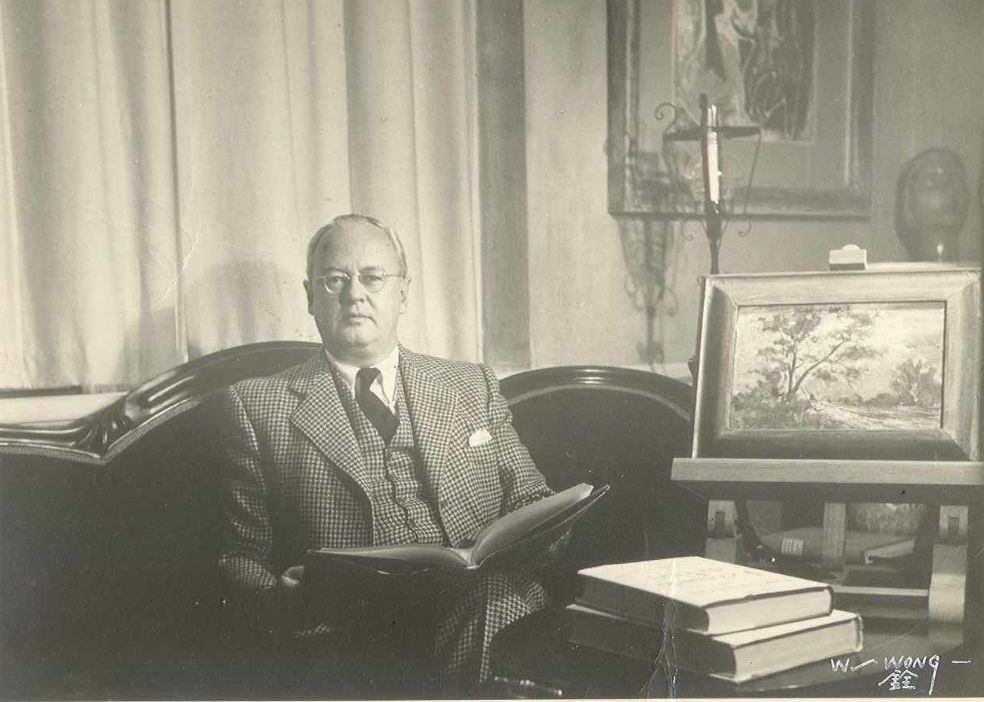
MacKinley Helm
*
August 13, 2023
by Philip Gambone
Several years ago, when I first set out to learn about Mexican art, I picked up a copy of MacKinley Helm’s classic study Modern Mexican Painters. I was lucky to start my education with this book. First published in 1941, it rose to become an authoritative introduction to the art and artists of Mexico during the first decades of the twentieth century. Helm was personally acquainted with many of the artists. His inside knowledge, keen intelligence, and genial prose made my initial foray into the story of modern Mexican art a very pleasant one.
Helm was fascinated with Mexico. Among his other ten books were studies of the Mexican muralist José Clemente Orozco; the Spanish missionary Junipero Serra; and the early hero of the Mexican War for Independence, Pípila. During the last twenty years of his life (he died in 1963), he also wrote articles for The Atlantic, including several on Mexican art and architecture.
In 1948, Helm published Journeying through Mexico, a motorists’ guidebook to the country that he had fallen in love with. Although now out of print, it’s a book well worth digging up, especially for those interested in Mexico’s (and, in particular, San Miguel’s) early days as a tourist mecca.
Helm opened the book with a succinct and helpful summary of Mexican history, followed by tips on learning the language, what clothing to pack, obtaining necessary papers and permits, and the proper outfitting of one’s car (“five good tires and at least eight good tubes”). The prices he quotes for a hotel room are, of course, hilariously out of date.
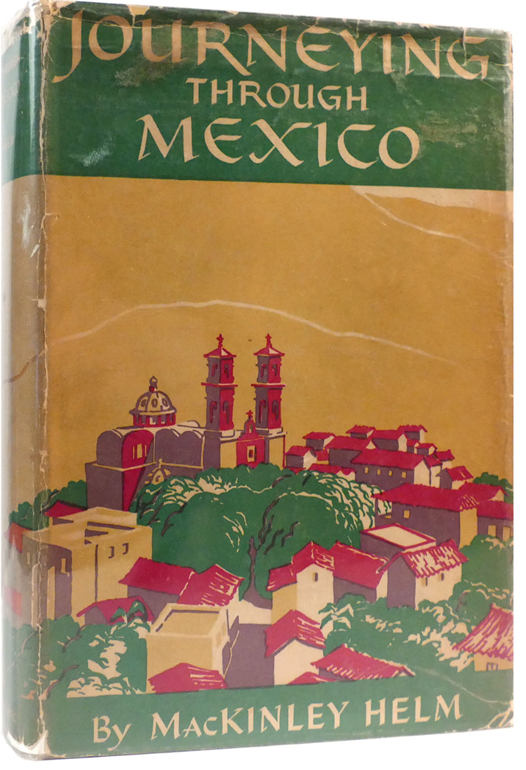
The real fun begins when Helm gets down to the business of describing Mexico itself, the landscape, the cities, the arts and crafts, the people. As one would expect, his observations about paintings, frescos, and architecture are particularly excellent.
As he guided his readers through the towns and cities of Mexico, Helm reminded them to take time out to savor the food, mentioning all the standards we more recent visitors to Mexico have come to love—mole, enchiladas, quesadillas. These must have been rather exotic dishes 75 years ago, and he’s careful to warn that they can be quite picante—“the hotter the better.”
Helm’s chapter on the colonial cities of the “Meridian” (what we now call the Bajío), which includes several pages on San Miguel de Allende, makes for especially interesting reading today. Like his near contemporary, Stirling Dickinson, Helm first visited San Miguel in the nineteen thirties. He returned several times. The town made a huge impression on him. “It’s not a place to be seen and enjoyed in a day,” he advised his readers, and expressed his annoyance at certain “hard-working tourists” who would only stay for a few hours and wonder “What shall I do next?”
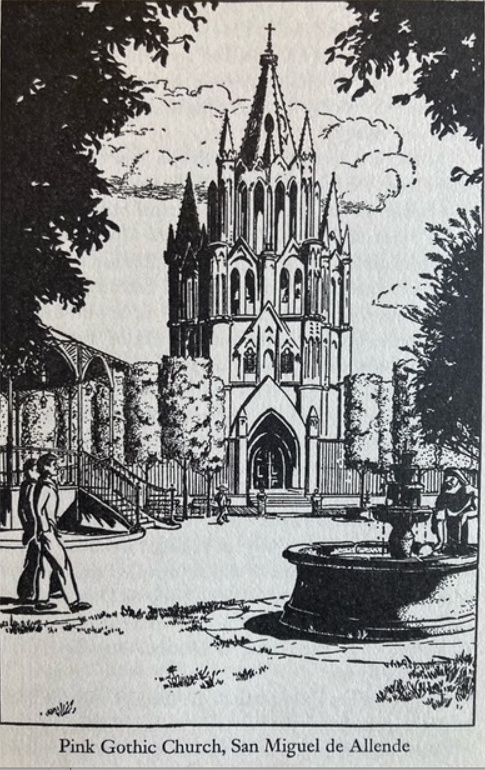
Nevertheless, he freely admitted that some people could definitely find San Miguel dull. “It has so few ‘sights,’” he wrote. “Its charm really consists in its hillside setting and views, its well-watered gardens, in the dependable sun, and the slow seeping of time in its plazas.” An assessment that’s just as apt today.
Among the places to see, Helm singled out the “cheerful pink poem” of the Parroquia’s Gothic tower—“a local mason’s idea of Gothic,” he somewhat sniffily explained. A handsome black-and-white drawing of the Parroquia by William C. Estler accompanies this section. Next Helm pointed out the Church of Saint Francis (San Francisco) and the plazuela in front, which, he wrote, was patronized by townspeople too timid to sit in the Jardín. He particularly admired the church’s façade and its cupola. Inside, he noted the nine neoclassical altars in the style of the Mexican architect Francisco Eduardo Tresguerras (1759-1833).
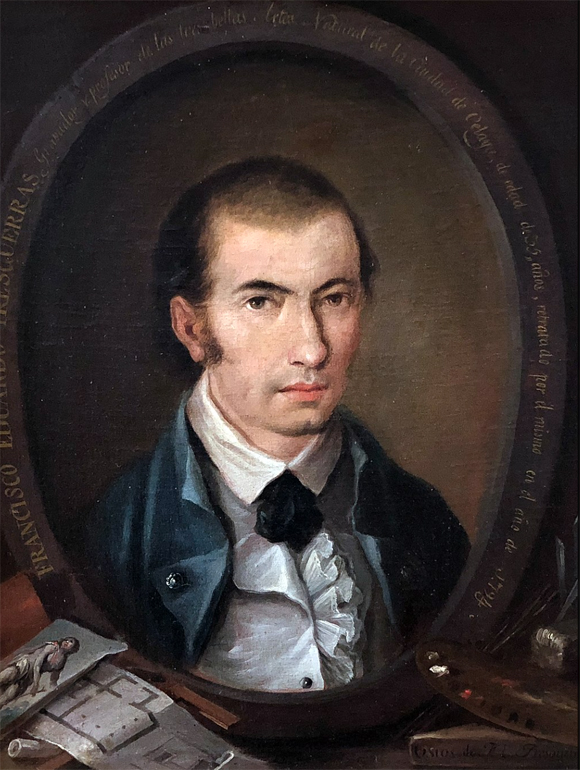
Helm also loved San Miguel’s grand colonial-era townhouses. And he was charmed by “the cluster of towers and lanterns and domes” of the Oratory of San Felipe Neri, “one of the products of the golden age of the town.” All who have visited the Oratory’s Loreto Chapel, will agree with Helm that the architect, Antonio Pérez Espinosa “piled his fantasies high.”
His tour continued with a look at the Church of Our Lady of Health (Iglesia de Nuestra Señora de La Salud), the College of Saint Francis de Sales (Colegio de San Francisco de Sales), and the “towered edifice” of the Convent of The Nuns (Las Monjas). “Today,” Helm wrote, “the nuns have to share their Renaissance cloisters with cavalry troops and art students.” Gone are the troops and most of the nuns, and the art students have moved to the Instituto Allende, but the Convent, which we now know as Bellas Artes, remains an architectural must-see.
Helm mentioned two other churches, both on the Salida a Querétaro: the “plain convent chapel” of the Dominican nuns and the Calvario Chapel. As he didn’t describe the interior of either of these chapels, I imagine it was as difficult to gain entrance then as it is today.
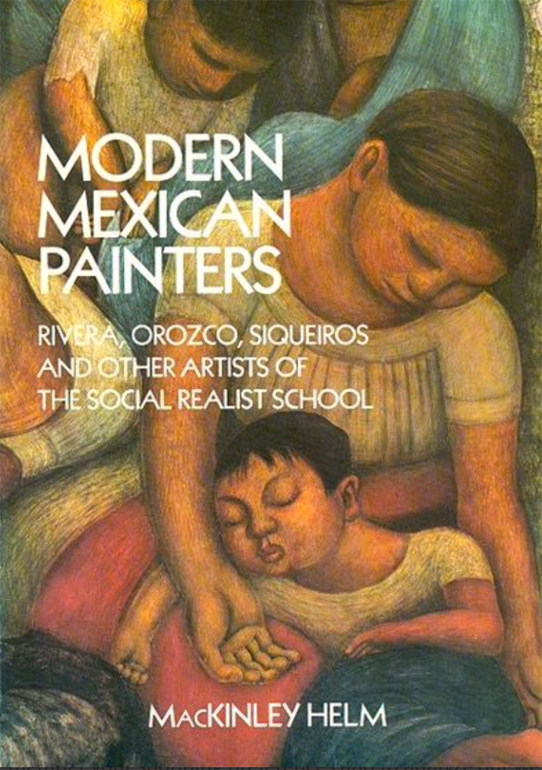
In 1948, what we now know as the Centro was pretty much the entire town as Helm saw it. Beyond the town, he noted "a bleak church with forbidding gray walls.” This was the church of San Antonio. As the colonia of the same name had not yet been laid out, the church was indeed “beyond” the town. Helm somewhat chauvinistically reported that every week the girls of the town went to Mass at San Antonio “to pray for sweethearts and husbands. If they get their man, they go back again to pray to have babies.”
Helm’s passions were not all about architecture. He loved as well the many “fiestas with regional dancing” that he found in San Miguel. “The fiesta par excellence is that of the first weekend in October when Saint Michael, the archangel, descends from his altar to review a parade which passes three times through the plaza with music and dancing by feathery Indians—and with an array of súchiles, towering flower-decked structures which tipsy peons swarm over when the procession is ended.”
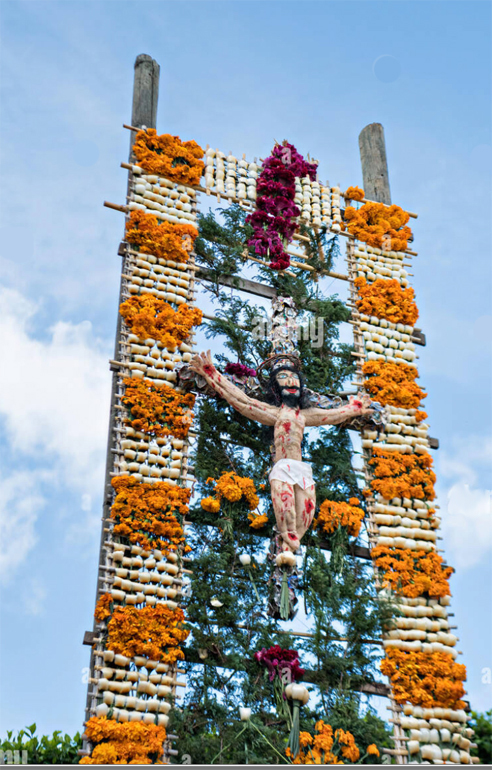
All in all, Helm thought his visitors to San Miguel would do well to spend more than one day taking “small, quiet pleasure in roaming the streets … and peering through open doors into blossoming patios.” Or, he suggested, “you can just sit for a while in the plaza and take in the atmosphere of a town that has seen life come and go for four hundred years.”
In the 75 years since Helm wrote those words, San Miguel has, as we all know, expanded tremendously, but its small, quiet pleasures remain one of the reasons most of us are here.
First editions of Helm’s charming book can be still be found through Abebooks.com for as little as ten dollars. For those interested in the early history of tourism in Mexico, Journeying through Mexico makes for essential reading.
**************

Philip Gambone, a retired high school English teacher, also taught creative and expository writing at Harvard for twenty-eight years. He is the author of five books, most recently As Far As I Can Tell: Finding My Father in World War II, which was named one of the Best Books of 2020 by the Boston Globe. It is available through Amazon, at the Biblioteca bookshop, and at Aurora Books off the Calzada de la Aurora.
**************
*****
Please contribute to Lokkal,
SMA's online collective:
 ***
***
Discover Lokkal:
Watch the two-minute video below.
Then, just below that, scroll down SMA's Community Wall.
Mission

Visit SMA's Social Network
Contact / Contactar

